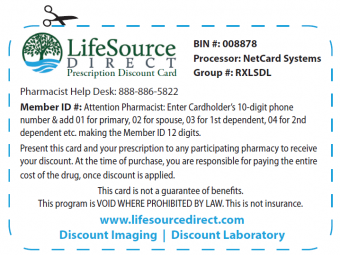The economy. The “fiscal cliff.” Increase in taxes. Decrease in deductions and credits.
The media is full of doom-and-gloom news about 2013: how the impact of the changes (or lack thereof) is going to negatively affect taxpayers while those on Capitol Hill debate and disagree. Meanwhile, taxpayers wait, helpless to do more than watch and wonder and worry.
While it’s true that you may have minimal control over what the government decides about the  national budget, you do have significant power over what is happening on your own “Capitol Hill.” Let the new year serve as an incentive to get your fiscal “house” in order, using this quick list of three key areas to review.
national budget, you do have significant power over what is happening on your own “Capitol Hill.” Let the new year serve as an incentive to get your fiscal “house” in order, using this quick list of three key areas to review.
#1—Estate Planning
Do you have a will or trust? And if you do, when was the last time you reviewed it, updating it to reflect changes in your personal life or financial circumstances?
According to Financial Web, dying intestate (without a will) means your estate will have to go through the probate process, and your assets divided according to state laws, not necessarily by how you would have wanted them. (The Intestacy Calculators help you see the effects of these laws.) Your family will probably need to hire an attorney, while your estate will most likely have to pay for the services of the administrator as well as any other fees related to settling the estate. And then there are the personal items—family heirlooms, collectibles or personal possessions—that might not be given to the very people you would most want to have them.
All these costs—not to mention the potential for family disputes—could have been avoided by drafting a will or creating a trust.
#2—Legal Documents
A durable financial power of attorney, according to Findlaw.com, is a document that grants someone (often referred to as your agent or as an attorney-in-fact) the legal authority to act on your behalf for financial issues. Both living wills and health care powers of attorney give you the ability to define your wishes regarding your medical treatment while you are still able to communicate them. The living will (also commonly called an advanced directive, or a patient advocate designation) also designates who has the right and power to make end-of-life care decisions on your behalf. (In some states, both documents are combined into an “advance health care directive.”)
#3—Insurance Coverage
When you hear “insurance,” do you only think of car, house or personal possessions? If so, you need to broaden your definition and understanding, then contact an insurance professional for more information and help in choosing the right policy for your needs.
Start with life insurance, which includes both term and permanent. While term insurance is the most affordable type of insurance when initially purchased, it’s designed to meet temporary needs and only provides protection for a specific period of time. Permanent insurance provides lifelong protection, accumulates cash value and is priced for you to keep over a long period of time.
Disability insurance provides an income to you and your family if you are unable to work because of illness or injury. And while you may think Worker’s Compensation will handle that possibility, statistics show most disabilities occur away from the workplace, and the majority of long-term disabilities are caused by illness, not accidents.
Long-term care insurance is just what it sounds like: insurance to cover your expenses should you need long-term care due to an illness or accident. According to LIFE, the chances you’ll need some type of long-term care are about 70%. Think it’s only for the old? Think again: 40% of patients receiving long-term care are under age 65, notes LIFE. (LIFE’s long-term care page includes a printable consumer guide (PDF).
By reviewing these areas and correcting any deficiencies or weak areas, you’ll be on your way to protecting your future and that of those you love!

